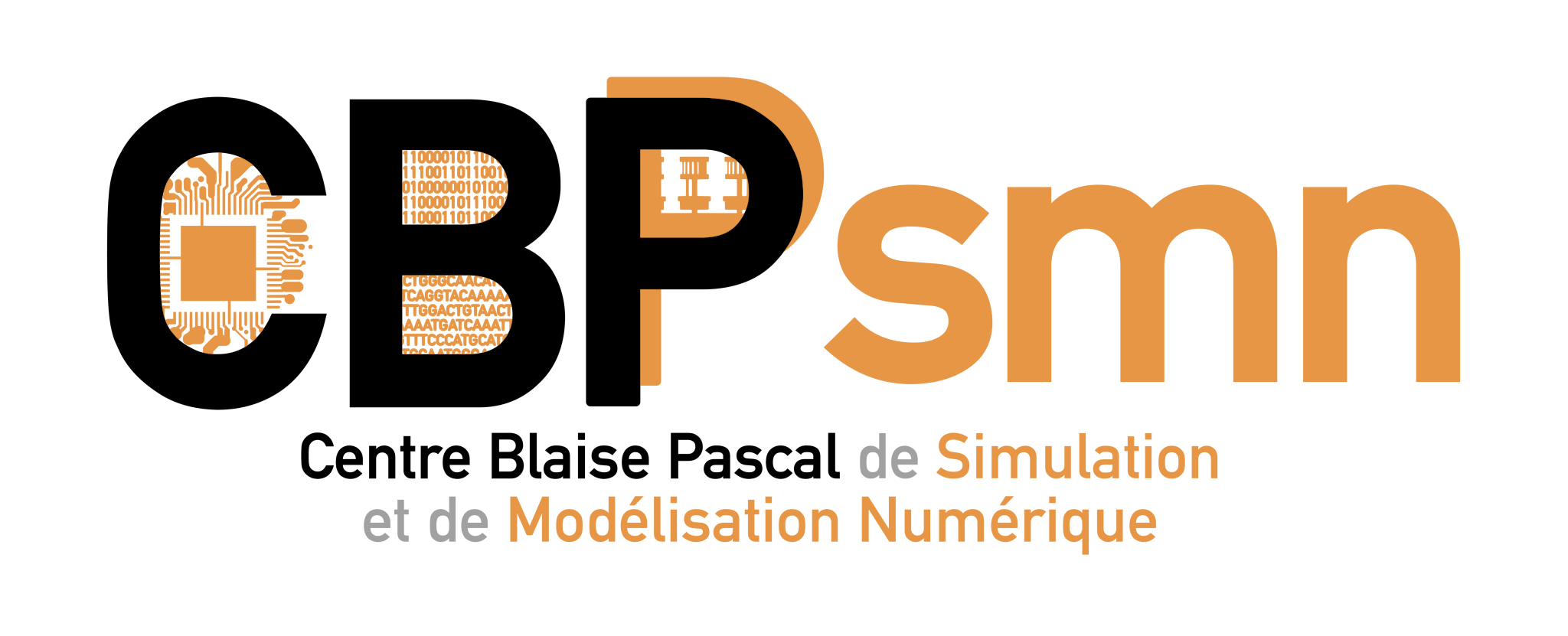Différences
Ci-dessous, les différences entre deux révisions de la page.
| Les deux révisions précédentes Révision précédente Prochaine révision | Révision précédente Prochaine révision Les deux révisions suivantes | ||
|
animation:seminaires:2019:accueil [2019/03/22 17:22] cicaluga [Machine learning in atomistic simulations: from reaction pathways to phase diagrams] |
animation:seminaires:2019:accueil [2019/06/27 20:10] cicaluga [Chemical equilibrium in the Earth's core] |
||
|---|---|---|---|
| Ligne 4: | Ligne 4: | ||
| ====== Séminaires/Colloquium 2019 ====== | ====== Séminaires/Colloquium 2019 ====== | ||
| + | ===== Chemical equilibrium in the Earth's core ===== | ||
| + | {{:cbp_ens.jpeg?nolink&200 |}}**03 juillet 2019 de 11h00 à 12h00** \\ | ||
| + | COLLOQUIUM Centre Blaise Pascal-Laboratoire de Géologie \\ | ||
| + | Amphi L, ENS Lyon, France \\ | ||
| + | **Dario ALFE ** (Department of Earth Sciences and Department of Physics and Astronomy, and London Centre for Nanotechnology, University College London) | ||
| + | \\ | ||
| - | ===== Machine learning in atomistic simulations: from reaction pathways to phase diagrams ===== | + | Organisateurs : \\ |
| - | <note important>Colloque extraordinaire du Centre Blaise Pascal, dans le cadre du [[https://www.e-cam2020.eu|E-CAM]], [[https://www.cecam.org/workshop-1802.html|Extended Software Development Workshop : Topics in Classical MD]]</note> | + | |
| - | {{:animation:seminaires:2019:ralf22mars2019.jpg?150|}}**05 april 2019 à 9h00**\\ | + | * Razvan Caracas (CNRS/Laboratoire de Géologie de l'ENS de Lyon) \\ |
| + | * Cerasela Calugaru (Centre Blaise Pascal, ENS de Lyon, France) \\ | ||
| + | |||
| + | |||
| + | **Abstract :** \\ | ||
| + | |||
| + | The core of the Earth is a source of thermal energy for the mantle, helping to drive convection, plate tectonics and volcanism. It is mainly formed by iron, but is also contains light impurities. The exact chemical inventory of the core is unknown, but it is believed that oxygen may be present in relatively large quantities, as it is a major element in the mantle. Freezing of the inner core causes oxygen to be released in the liquid, which is thought to be the main form of energy driving core convection at the present day, responsible for the generation of the magnetic field. One of the fundamental questions is therefore how oxygen entered the core in the first place. | ||
| + | Using first principles calculations of chemical potentials we put contraints on the equilibrium concentrations of oxygen between liquid iron and a liquid silicate mixture, representative of long lived magma ocean (MO) at the base of the mantle. We show that the presence of a large fraction of oxygen in the core can be explained by a relatively large thermodynamic advantage of partitioning from the MO into the liquid core. | ||
| + | We also computed chemical potentials in solid ferropericlase, thought to be one of the main constituents of the Earth's mantle, and found that the current oxygen concentration in the core is lower than its equilibrium concentration, suggesting that the mantle may be continually pumping oxygen into the core, even at the present day. This has important consequences for our understanding of convection in the core, supporting the idea of the presence of a stratified, oxygen rich, layer at the top of the core, which may have been observed in the seismological record. | ||
| + | |||
| + | ===== Machine learning in atomistic simulations: from reaction pathways to phase diagrams ===== | ||
| + | {{:animation:seminaires:2019:ralf22mars2019.jpg?140 |}}**05 april 2019 à 9h00**\\ \\ | ||
| + | COLLOQUIUM Centre Blaise Pascal - Session extraordinaire dans le cadre du \\ | ||
| + | [[https://www.cecam.org/workshop-1802.html|E-CAM Extended Software Development Workshop : Topics in Classical MD]] \\ | ||
| Lieu : [[http://www.ens-lyon.fr/campus/visite-du-campus/location-de-salles|Salle 1 place de l'École, ENS Lyon, France]]\\ | Lieu : [[http://www.ens-lyon.fr/campus/visite-du-campus/location-de-salles|Salle 1 place de l'École, ENS Lyon, France]]\\ | ||
| Ligne 20: | Ligne 38: | ||
| * T. Morawietz, A. Singraber, C. Dellago, and J. Behler, “How Van der Waals interactions determine the unique properties of water“, Proc. Natl. Acad. Sci. USA 113, 8368-8373 (2016). | * T. Morawietz, A. Singraber, C. Dellago, and J. Behler, “How Van der Waals interactions determine the unique properties of water“, Proc. Natl. Acad. Sci. USA 113, 8368-8373 (2016). | ||
| - | * B. Cheng, E. A. Engel, J. Behler, C. Dellago, and M. Ceriotti, “Ab initio thermodynamics of liquid and solid water”, Proc. Natl. Acad. Sci. USA 116, 1110 (2019). | + | * B. Cheng, E. A. Engel, J. Behler, C. Dellago, and M. Ceriotti, “Ab initio thermodynamics of liquid and solid water”, Proc. Natl. Acad. Sci. USA 116, 1110 (2019). |
| + | |||
| ===== Fast neural solvers ===== | ===== Fast neural solvers ===== | ||
| {{:cbp_ens.jpeg?nolink&200 |}}**04 mars 2019 de 11h00 à 12h00** \\ | {{:cbp_ens.jpeg?nolink&200 |}}**04 mars 2019 de 11h00 à 12h00** \\ | ||
